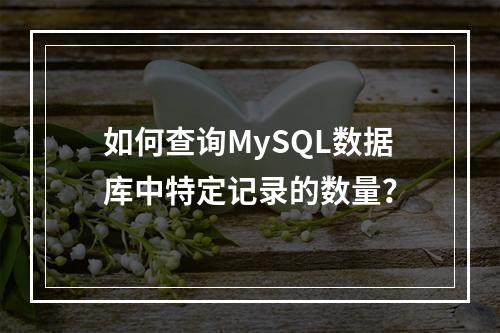在Python中,count()函数是一个常用的字符串方法,用于统计字符串中某个子字符串出现的次数,它的语法如下:
str.count(sub, start=0, end=len(string))
str是原始字符串,sub是要查找的子字符串,start和end是可选参数,用于指定查找的范围,如果不提供start和end参数,count()函数将在整个字符串中查找子字符串。
下面是一个详细的技术教学,包括代码示例和解析。
1、基本用法
我们来看一个简单的例子,统计一个字符串中某个子字符串出现的次数。
text = "hello world, welcome to the world of python" sub_string = "world" count = text.count(sub_string) print("子字符串 '{}' 在文本中出现了 {} 次。".format(sub_string, count))
输出结果:
子字符串 'world' 在文本中出现了 2 次。
2、使用start和end参数
count()函数还支持start和end参数,用于指定查找范围,我们只想统计子字符串在前10个字符中出现的次数。
text = "hello world, welcome to the world of python"
sub_string = "o"
count = text.count(sub_string, 0, 10)
print("子字符串 '{}' 在文本的前10个字符中出现了 {} 次。".format(sub_string, count))
输出结果:
子字符串 'o' 在文本的前10个字符中出现了 2 次。
3、忽略大小写
在某些情况下,我们可能需要忽略大小写进行统计,这时,可以先将原始字符串和子字符串转换为小写(或大写),然后再使用count()函数。
text = "Hello World, Welcome to the World of Python"
sub_string = "world"
lower_text = text.lower()
lower_sub_string = sub_string.lower()
count = lower_text.count(lower_sub_string)
print("子字符串 '{}' 在文本中出现了 {} 次。".format(sub_string, count))
输出结果:
子字符串 'world' 在文本中出现了 2 次。
4、使用正则表达式
除了使用count()函数,我们还可以使用正则表达式来统计子字符串出现的次数,这在需要更复杂的匹配规则时非常有用。
import re
text = "Hello World, Welcome to the World of Python"
sub_string = "world"
pattern = re.compile(re.escape(sub_string), re.IGNORECASE)
count = len(pattern.findall(text))
print("子字符串 '{}' 在文本中出现了 {} 次。".format(sub_string, count))
输出结果:
子字符串 'world' 在文本中出现了 2 次。
本文介绍了Python中count()函数的基本用法、如何使用start和end参数指定查找范围、如何忽略大小写进行统计以及如何使用正则表达式进行统计,希望这些示例和解析对您有所帮助。

 云主机测评网
云主机测评网


















最新评论
本站CDN与莫名CDN同款、亚太CDN、速度还不错,值得推荐。
感谢推荐我们公司产品、有什么活动会第一时间公布!
我在用这类站群服务器、还可以. 用很多年了。